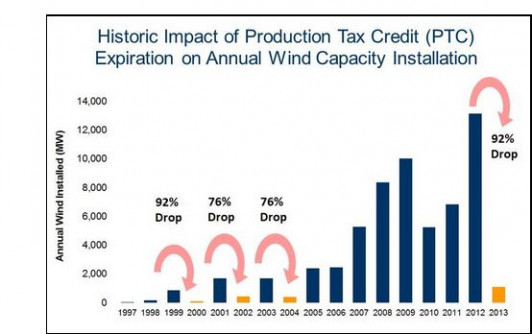New York’s Department of Public Service (DPS) issued a straw proposal on April 24, 2014, detailing regulators’ recommendations for comprehensive electric industry reforms. In the report, entitled Reforming the Energy Vision(REV), DPS staff identified an array of regulatory measures that the state adopted in recent years and noted that “[t]he combined reach and effectiveness of [those] measures can be greatly enhanced by a comprehensive plan in the service of a unified vision.”
The New York DSP’s REV, which was issued four days before the Hawaii PUC’s Commission’s Inclinations guidance document (discussed in an earlier post), contains a number of parallels to the reforms proposed in Hawaii. Those parallels include transitioning from the traditional vertically integrated utility model to a model in which the utility manages a more dynamic distribution system that both delivers power to customers and coordinates large amounts of customer-sited distributed energy resources (DERs). The New York DPS calls this proposed entity the Distributed System Platform Provider (DSPP).
This post will discuss the salient features of the Distributed System Platform Provider (DSPP) as envisioned by the New York DSP staff in its REV guidance. Future posts will address other reforms proposed in the REV.
Roles of the DSPP
The New York DPS envisions the DSPP as an entity that will play three primary roles in the future of New York’s electricity system: 1) operating and maintaining the distribution grid; 2) managing markets and tariffs to monetize DER integration; and 3) serving as the interface between retail customers and the transmission grid. The REV notes that “[t]he incumbent distribution utilities are best situated to perform these functions and tasks.”
1) Distribution Grid Operator
The DSPP’s first role, operating and maintaining the distribution grid, is essentially the role played by distribution utilities today, albeit with new energy products, services and technologies incorporated into the system. The REV foresees significant future integration of DER into the distribution grid, and the DSPP will be tasked with accommodating a broad spectrum of resources, which include renewables, microgrids, combined heat and power (CHP), storage, efficiency, demand management and demand response technologies. Integrating those technologies will require DSPPs to use localized, automated systems to balance production and load. The REV provides that DSPPs will be compensated for those investments in modernizing the distribution system infrastructure as part of their revenue requirement.
2) Distribution Market Manager
The DSPP’s second role represents the most significant departure from that of the traditional distribution utility. The New York DPS envisions that the DSPP will manage DER products and services in real time and be responsible for monetizing the value of those products and services. As those products and services are dispatched, the DSPP will be responsible for reconciling those transactions, similar to the role of the Independent System Operator in relation to the transmission grid. The REV notes that the value of those DER products and services will depend on a variety of factors, including “the type of resource (e.g., intermittent, base load, dispatchable), the degree of control over the resource, and the response time of the given resource.”
The New York DPS highlights a number of potential costs and benefits that might arise in the context of DER integration and identifies whether those costs and benefits are currently monetized in the existing market structure. One of the hurdles to creating fully realized DSPPs is identifying the appropriate methods of monetizing costs and benefits. DERs have the potential to benefit the distribution system by providing enhanced reliability, resource diversity, environmental benefits, and economic and social development, but those benefits do not have monetary values attached to them in the current system. Determining how to equitably allocate those costs and benefits to relevant stakeholders is another hurdle to creating DSPPs. Some benefits, such as emissions reductions and societal and economic development, provide value to society at large, but cannot easily be monetized to compensate the DER customers providing those benefits.
3) Interface Between Retail Customers and Transmission Grid
The DSPP’s third role, acting as the intermediary between retail customers and the transmission system, is essentially a responsibility that is transferred from the oversight of the distribution utility to that of the DSPP. While DSPPs will assume most of the same functions that are currently performed by the distribution utilities, the proliferation of DERs will create new opportunities for DSPPs to provide products and services to the transmission system operator.
Implications of New York’s Distribution System Reforms
The New York DPS’ proposed reforms to distribution system operation in the state represent a significant departure from the vertically integrated utility model. While the REV envisions that incumbent utilities will retain ownership and management authority over the distribution grid as DSPPs, the emphasis on the integration of DERs to meet customer demand, rather than centralized generation facilities will remove one of the utilities’ staple rate base investments.
The New York DPS appears sensitive to the impact of its proposed reforms on utilities; the REV may envision diminished utility ownership of generation assets, but it also contemplates new mechanisms to allow utilities to earn their revenue requirements. If New York can navigate the creation of DSPPs and a smooth transition to modern distribution grid, public utility commissions nationwide will almost certainly follow suit.






